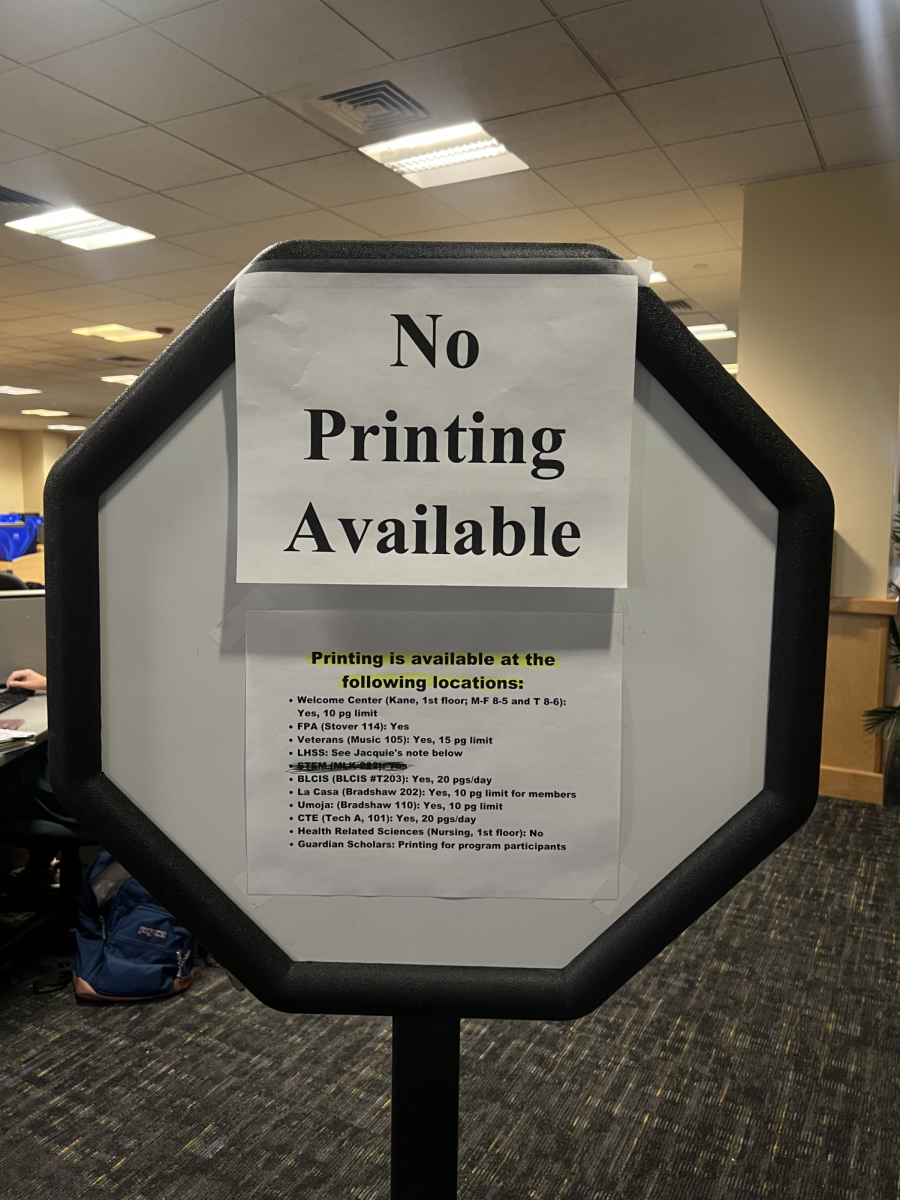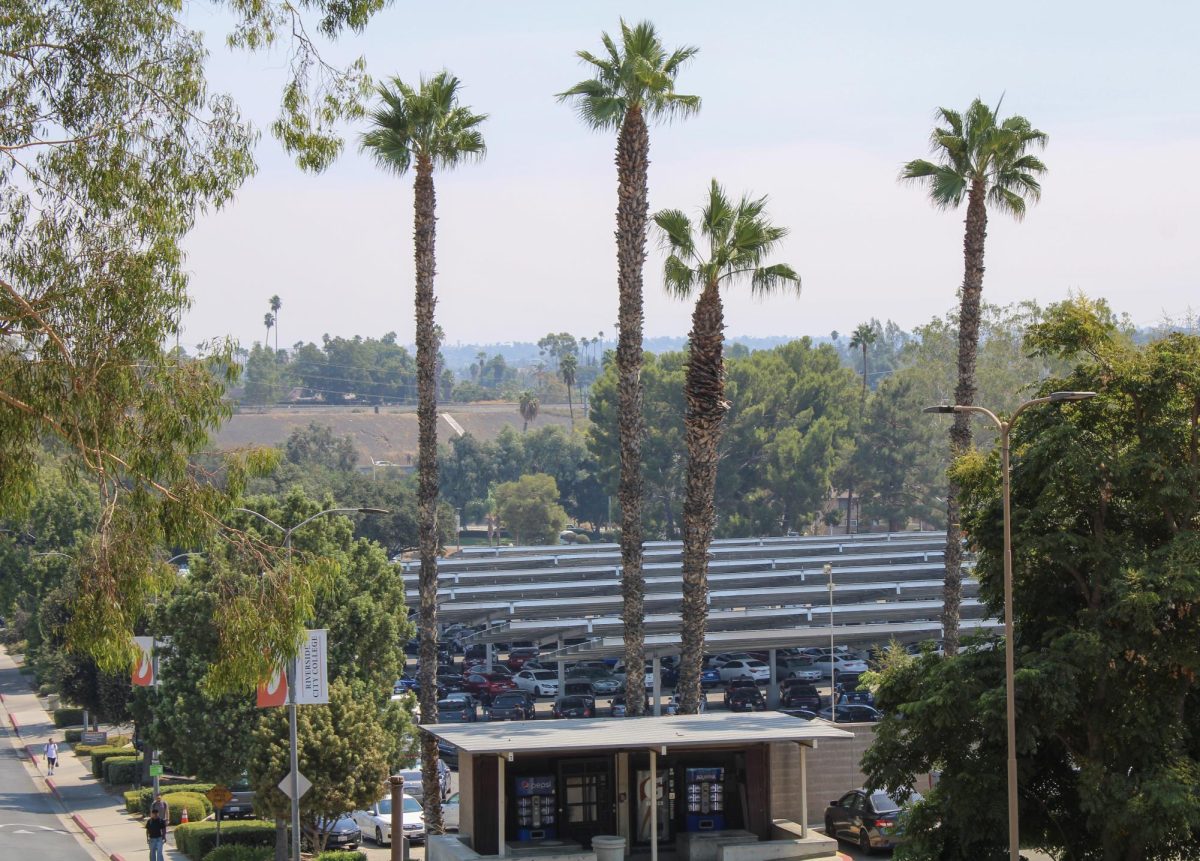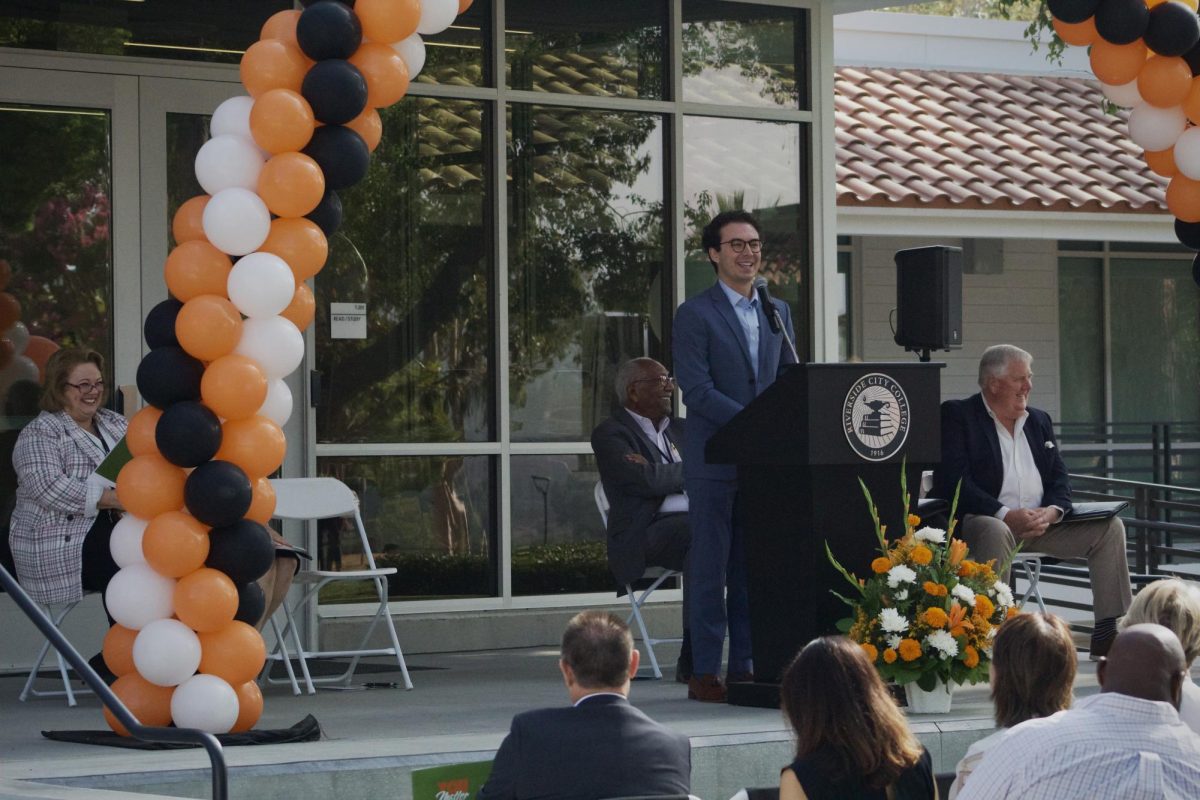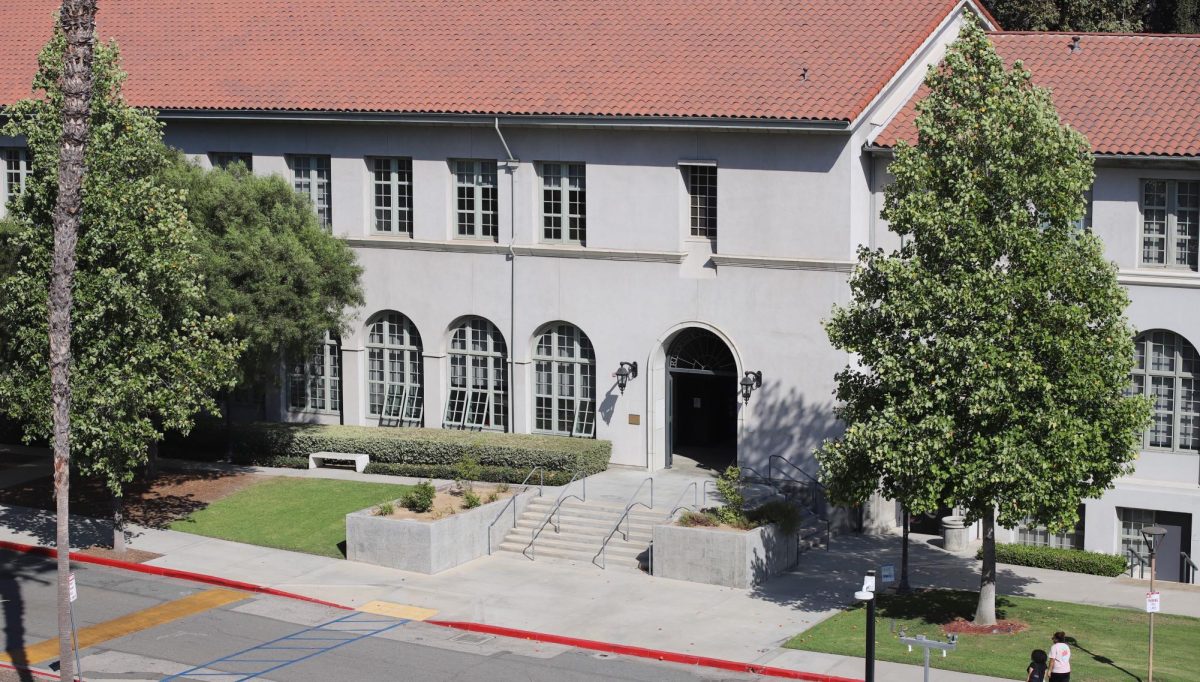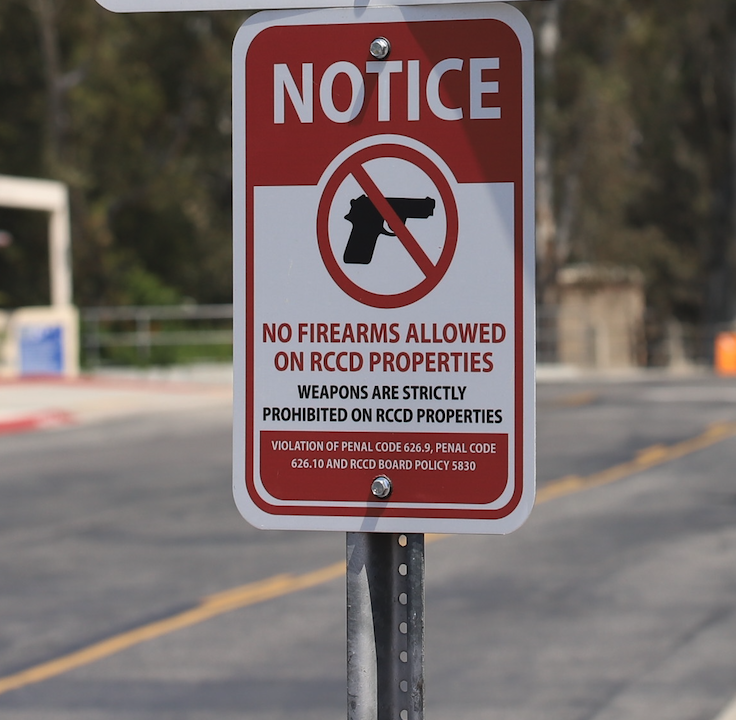Selling ourselves short by letting corporate greed dictate our cities
Written by David Roman - Updated 3-29-16

Economic development in the Inland Empire has been a hot button issue lately with a renewed influx of people into the area and housing prices in the metropolitan areas steadily rising.
But of course anyone with an eye for money can see the potential of this area, stretching 27,000 square miles and it’s ever-growing population of over 4 million Californians making it a hotbed for development through its available land and human capital.
John Husing, a research economist who focuses on Southern California gave an informative speech March 8, analyzing the economic landscape of the California region known as the Inland Empire. Husing argued that the Inland Empire is one of the fastest growing areas in the state if not the country.
The culmination of its proximity to a massive urban hub like Los Angeles and to the pacific ports, along with the vast number of available labor and undeveloped land has in a sense, caused the Inland Empire to become a developmental economist’s research dream.
Husing mainly made two points in his speech, first that the economic development rate of the Inland Empire is exponentially growing and secondly that this is largely due to the great increase in warehouses in the area.
Husing presented data from the Bureau of Labor Statistics when discussing sector and industry growth within California and within the entire country and argued that logistics is the fastest growing industry in Southern California.
However when I looked into the Bureau of Labor Statistics’ Industry Employment and Outlook projections to 2022, warehousing and transportation was only projected to have 328 more jobs in 2022 than it did in 2012.
He also cited the Newmark Grubb Knight Frank real estate research analysts (though he incorrectly cited them by their old title Grubb & Ellis) as claiming that real estate prices in the I.E. attract a steady stream of people from L.A. and the Orange County but that Riverside and the surrounding eastern areas of the I.E. stay consistently below the average real estate prices than those closer to the coastal areas.
This he argues is what has attracted much of the logistics growth to the inland area, like the many warehouses and the planned Fisker auto plant in Moreno Valley. Cheap land and plenty available human capital (aka labor) has made the area an untapped goldmine.
The city, which boasts nearly as much land as the city of Riverside and a population of 201,175 which is two-thirds that of Riverside’s 316,619. The city which was incorporated in the 1980s has experienced many periods of rapid growth, being named the sixth fastest growing city in the country of 2006, experiencing a 7.28 percent population growth increase. The city is even on track to outpace San Bernardino in the near future, with its low population of 213,708 citizens.
When looking at Moreno Valley’s land one can see more of their economic potential with 51 square miles of land, comparable to Riverside’s 81 square miles (some of which actually bleed into what people in the area traditionally consider Moreno Valley) and since over half of Moreno Valley’s land is still undeveloped, now that the national economy is on the rise developers have set their sights on the young city.
The treatment of the “trade-off” for people actually living in the city of Moreno Valley however is the most concerning. The city has a lot of undeveloped land and concerns have raised about the environment, the cost of infrastructure, and the opportunity cost of the city’s land which some argue hold more value and could potentially bring better opportunities to the city than the warehouse can.
With Husing responding to environmental concerns by saying that “environmental perfection should not the goal when the downside is increasing poverty…” it is obvious he does not see Moreno Valley’s environmental health as a top priority but to sacrifice the health of the citizens for the sake of more blue collar jobs then it’s obvious what he’s more concerned with.
The trade-off comes in again when looking at the city’s median household income which is abysmal and generally floats around or below the poverty threshold. Developers argue that the household income of a two-head household, or a household with two full-time workers would rise to the mid-$40 thousands and would greatly increase the median household income for the area, if we continue to allow warehouses to develop the area.
However this attitude shows a callousness toward the impoverished of the area in that many households are not headed by two full-time workers and that the city of Moreno Valley or even Riverside for that matter don’t have skilled enough workers for the higher paying jobs offered at these warehouses. They will simply be taking up the blue-collar jobs which are not even being exclusively offered to the city’s citizens.
Husing proved this himself by presenting data that the area doesn’t retain very many adults with college degrees. And that almost half the adults in the area only have a high school education or less. So if the high paying jobs are going to go to commuters and the only way the median household income will truly rise is if we have an increase in two headed households.
Granted some people in Moreno Valley are grateful for their warehouse jobs, as Husing asserted certain companies like Amazon pay higher than average wages and offer workers free college after working for em after a certain amount of time.
And while I think Amazon is doing great things for the area, not all warehouses are created equal. The Amazon Fulfillment Center is only one in a city which has dozens of warehouses.
So really how many people in the Moreno Valley area who need help will truly be helped? The situation is only aggravated further when one looks into the Moreno Valley City Council’s shady dealings with land developer Ido Benzeevi who has been the biggest proponent (and profiteer) from the building of logistics warehouses in the area, most of which have been chronicled in the Press Enterprise over the years.
This kind of manipulation of Moreno Valley residents is alarming and disheartening because in my opinion the acceptance of these advancements will only exacerbate inequality within the area.







